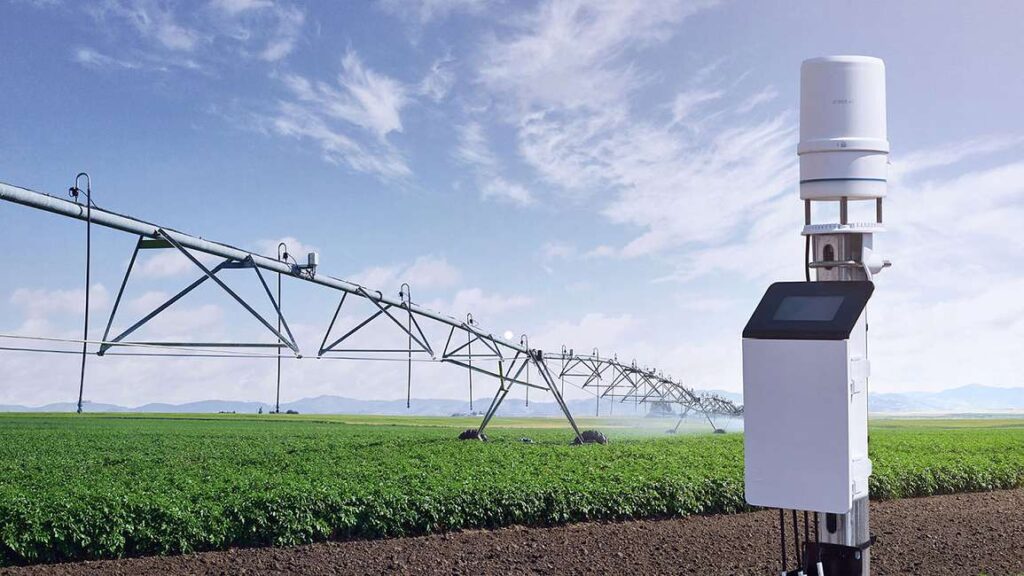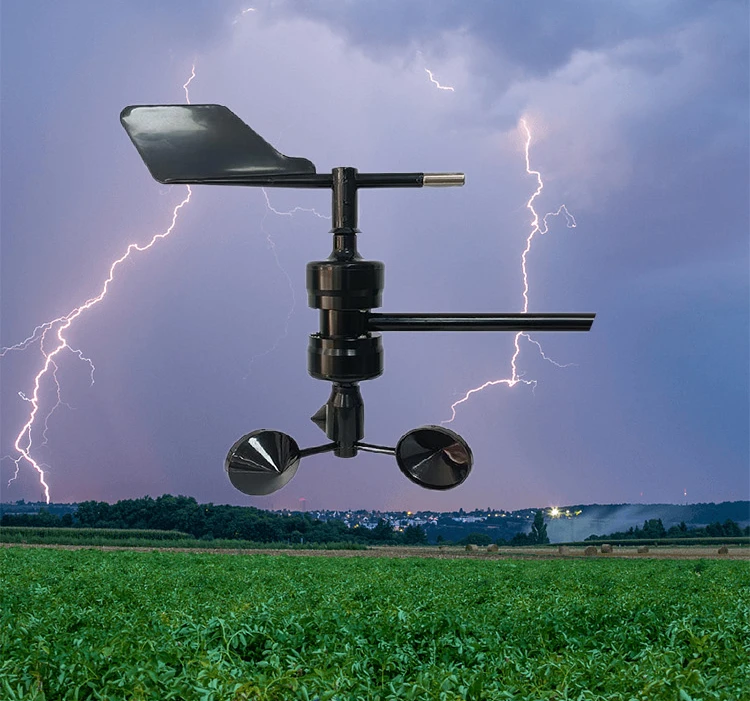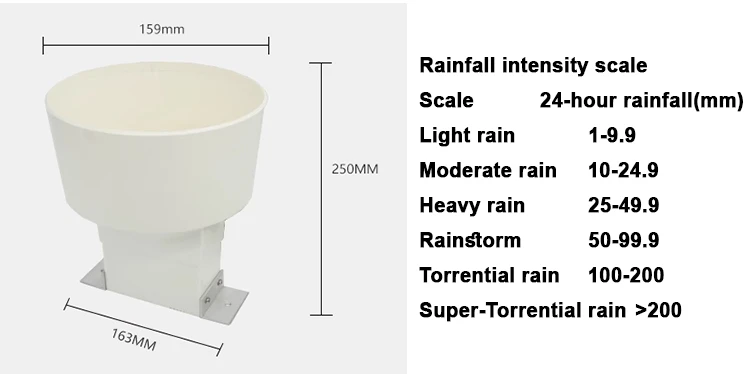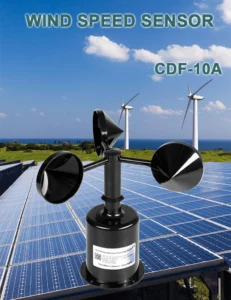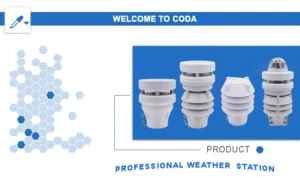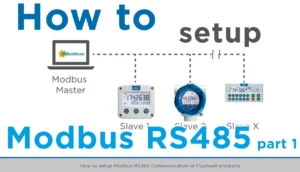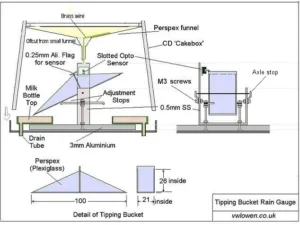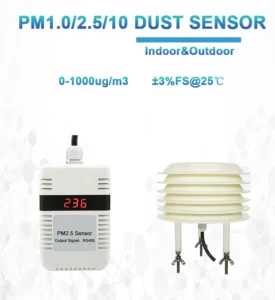weather monitoring equipment
There are many types of weather monitoring equipment systems. These include indoor, outdoor, rainfall, portable, forest fire, and highway systems. Today, I will focus on outdoor weather monitoring systems. This will help us understand the parts of a weather monitoring system.
The system for tracking outdoor weather has many parts. It includes sensors, data collectors, and power units. There are also protective cases for all types of weather.
Finally, it uses cloud platforms to monitor the environment. This system is designed for watching the environment and for disaster monitoring. It also has early warning features.
People use it to track various weather elements. These include wind speed, wind direction, rainfall, and air temperature. It also measures air humidity, light intensity, soil temperature, soil moisture, evaporation, and atmospheric pressure. They monitor these elements on-site, no matter the weather conditions.
The system connects to a computer with a special data line. This allows the system to send data to a weather monitoring cloud platform. You can analyze and process the data in detail there. This technology is widely used in research institutions, smart agriculture, construction site dust monitoring, and other important areas.
Meteorological sensors play a crucial role in weather monitoring systems.
The multifunctional louver box outdoor weather sensors is a device that does many things. It can detect noise and measure PM2.5 and PM10 levels. It also measure temperature, humidity, barometric pressure rainfall, and light. All these features are combined into one unit.
The louver box holds the device. It checks temperature, humidity, noise, air quality, pressure, and light.
It collects PM2.5 and PM10 data at the same real time. The range is 0 to 6000 µg/m³, with a resolution of 1 µg/m³.
It has special technology for collecting data at two frequencies. This helps keep consistency within ±10%.
It covers a wide air pressure range of 0-120 Kpa. This makes it suitable for different altitudes. The light sensing module has a sensitive photosensitive probe. It can measure light intensity from 0 to 200,000 Lux.
Wind speed sensor:
Engineers create the wind speed sensor to collect data on wind speed in weather settings. Its three-cup design helps gather wind speed data effectively. Made from a strong polycarbonate material, the casing resists corrosion and lasts a long period of time. It is built to withstand outdoor conditions.
This sensor is flexible and can measure wind speed in many places. These include greenhouses, personal weather station, ships, docks, and farms.
Wind direction sensor:
The wind direction sensor collects wind direction data for personal home weather enthusiasts. Its small and light design makes it easy to carry and set up. The smart design helps gather accurate wind direction data.
Engineers carefully design the equipment’s structure and weight. This helps create a low moment of inertia and a quick response. This flexible sensor measures wind direction in greenhouses. It helps protect the environment. It is also useful for wireless weather stations wi fi, ships, ports, and farms.
Rain and snow sensor:
The rain and snow sensor is a device that detects rain or snow outside. It is widely used to check for rain in places like greenhouses, farms, and buildings.
It has an automatic heating feature. This stops freezing and condensation in temperatures below 0 degrees Celsius and in high humidity.
Technicians carefully control the heating temperature. They keep it at 40 ℃ to prevent dry burning and too much oxidation. This helps to extend the device’s lifespan.
Soil temperature and humidity sensor: This sensor assesses soil temperature and moisture levels. It has high precision.
Experts compared it to the original German sensor. They calibrated it with the real soil drying and weighing method. It gives a quick response and stable output.
This is great for scientific research and saving water in irrigation. Also helpful in greenhouses, gardening, and managing grasslands.
It also helps with quick soil analysis and growing plants. It can be used for treating wastewater and storing grain. Finally, it measures the water content and temperature of various materials.
Tipping bucket rain gauge:
A tipping bucket rain gauge measures rainfall. It collects rainwater in a small bucket. When the bucket fills to a certain level, it tips over. This action records the rainfall and sends the data digitally.
This system meets national hydrology standards. It is useful for professional weather station, smart agriculture, and other uses.
The equipment has a small computer that access your weather data. It sends this data from different monitoring devices to a cloud platform. This lets people quickly access and understand the weather conditions.
Power System
The digital weather station installation runs on solar power. It uses solar panels and special gel batteries that need no maintenance.
This setup is great for remote areas. You can use it for fieldwork, preventing forest fires, and monitoring mountain floods. In these places, traditional power sources are not available.
All-Weather Protection Box
The stainless steel distribution protection box keeps out rain, snow, high winds, and other bad local weather. It provides all-weather protection to keep the controller and each line safe. This ensures accurate measurement data, even in tough weather.
Cloud platform for meteorological environment monitoring
The weather monitoring cloud platform is a web-based system for easy user access. A public network server hosts this platform, allowing users to access many products. Users do not need a public network IP or domain name services. They also do not have to set up their own servers, which lowers their maintenance costs.
Once the team delivers the equipment, users can connect to the cloud platform easily. There is no need for complex network setups, which saves time on-site. The interface is simple and supports multi-tier access. Customers can also create sub-accounts.
With multi-device login on web and mobile, customers can access their accounts anytime and anywhere. They can easily check their equipment status, review data records, download and print data, and more. Customers can also choose SMS alerts, email notifications, and other services based on their preferences.
The platform is stable and reliable. It can support over 10,000 connected devices. The editor gives this summary of the weather monitoring system’s parts to help you!
Hunan Coda Electronic Tech Co., Ltd has many branches in China that make sensor solutions. OEM sensors are very popular right now. If you want to buy one, visit Hunan Coda Electronic Tech Co., Ltd at Coda Sensors.
